Remember the groans of dismay, possibly including your own, which greeted John Cleese’s announcement in February that he was reviving Fawlty Towers? Happily, there appears to be much more goodwill behind the return of Frasier – the bad news being that, judging from the first three episodes, it might well need it.
Kelsey Grammer’s entrance – 39 years after Frasier Crane showed up in Cheers – received a huge audience ovation. All references, however straightforward, to his earlier incarnations got a guaranteed laugh. Nonetheless, for those of us desperately hoping the new series won’t be a letdown, the result so far has required an increasingly effortful keeping of the faith.
But first we were brought up to speed on Frasier’s life – and in a way that hinted accurately at the clumsiness to come. Having arrived at Boston airport to that opening ovation, Frasier was met by his friend Alan, who wasted no time getting down to brass tacks. ‘How was your father’s funeral?’ ‘Weren’t you travelling with your nephew, Niles and Daphne’s son?’ ‘How are things between you and Freddy? I remember how tense it was when he dropped out of Harvard.’
Equally shameless is that the original cast have been replaced with characters who feel far too obvious an attempt to relive – or simply repeat – past glories. Frasier’s scene-stealing brother Niles, for example, has been spilt into two. Supplying the languid put-downs is Alan (Nicholas Lyndhurst, much to British surprise). Embodying the neuroses is nephew David, with his laminated card listing his allergies (‘The ones in red are fatal’). The role of blue-collar foil to Frasier’s pretensions – formerly played by his beer-drinking policeman father – has here fallen to his son Freddy: last seen as a chess-playing nerd, but now a beer-drinking fireman.
Even so, the main problem with the show is that almost no part of the set-up seems to emerge naturally from the characters. Why did Freddy join the fire service? Why has he agreed to live with Frasier? Why did Frasier host a TV show for 15 years that was dumbed down to almost Jerry Springer levels? Why, now that he’s got a job teaching at Harvard to reclaim his psychiatric credibility, does his head of department want him to stick to showbiz razzmatazz? The answer in every case is the same: merely, if inexplicably, because the programme has decided that this is what it needs to get things started.
And yet, despite everything, that pesky goodwill is hard to shake off. Amid the many clunking moments, there are just about enough sharp lines to pounce on hungrily, just about enough flashes of the old magic to be pathetically grateful for. And of course there’s something undeniably stirring about seeing the man himself back in action.
In fact, if you try to forget that Frasier was once among the greatest TV comedies of them all, you might even be able to enjoy the 2023 version for what it is: a mid-table American sitcom with a dodgy sit, a still-great central performance and a few laughs along the way. But, as I say, this does take some effort.
Dark Winds – executive-produced by George R.R. Martin – is a thriller whose plot is the backdrop to the setting, rather than the more traditional other way round.
It began spectacularly on a New Mexico highway in 1971 where a security van was blown up and robbed before the thieves escaped in a helicopter. They then flew off across the desert and over an isolated Native American farm. And with that we cut to three weeks later when the isolated farmer had been feeling ill ever since, and so went to the nearest (i.e. quite far) healer and was later found dead with his eyes and liver removed. Also dead at the scene was the granddaughter of the healer, who, being blind and mute, isn’t much help as a witness.
From then on, though, most of the interest – which luckily is a lot – came from the fact the detective investigating the murders is Joe Leaphorn of the Navajo police, whose 50 officers patrol an area of 27,000 square miles. Because the crime qualifies as federal, Leaphorn was obliged to call in the FBI, despite his (justified) suspicion that they’re not greatly bothered about ‘two dead Indians’. He also had to break the subtitled news of the girl’s death to her family in a reservation that couldn’t have looked much different 50 years earlier and where he’s regarded with deep mistrust for his links to white law enforcement. Belief in devils and witches continues to flourish there too.
Needless to say, it’s not unusual for a TV drama to promise to show us a world generally ignored by television. What’s much rarer is when, as in Dark Winds, that promise is grippingly fulfilled.
Got something to add? Join the discussion and comment below.
Get 10 issues for just $10
Subscribe to The Spectator Australia today for the next 10 magazine issues, plus full online access, for just $10.
You might disagree with half of it, but you’ll enjoy reading all of it. Try your first month for free, then just $2 a week for the remainder of your first year.

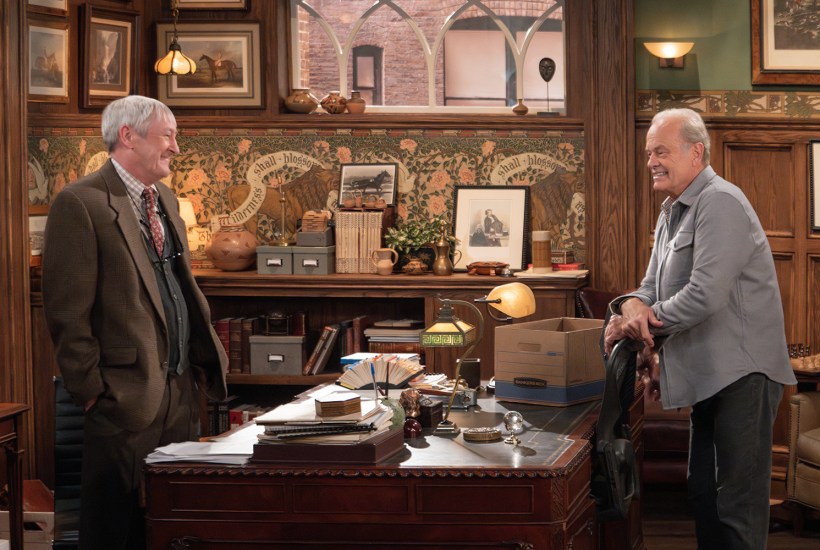
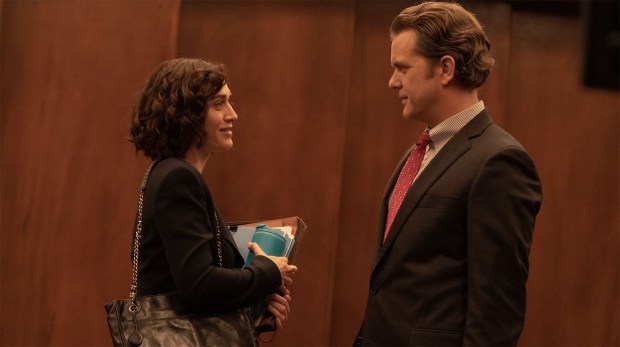
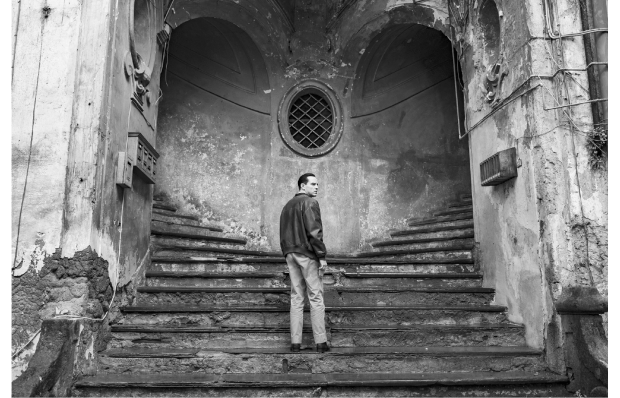
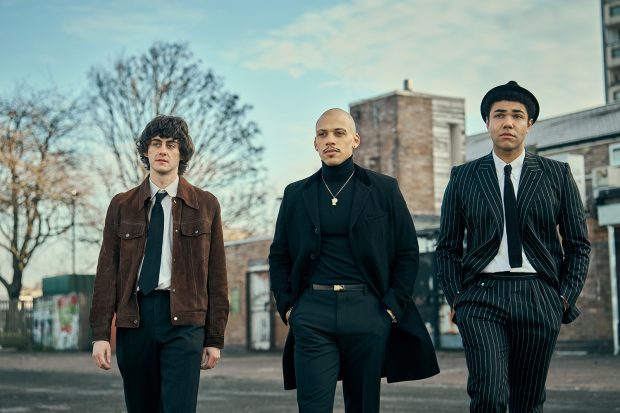
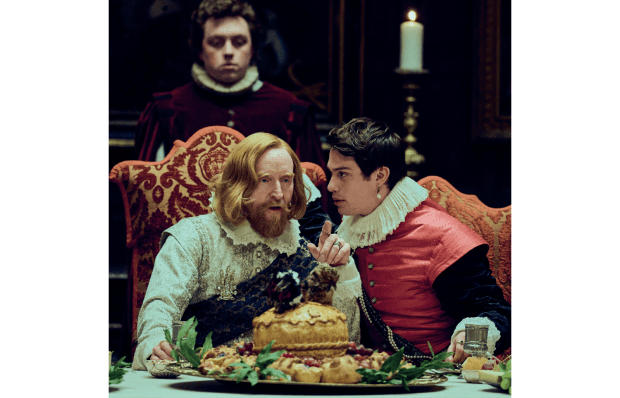
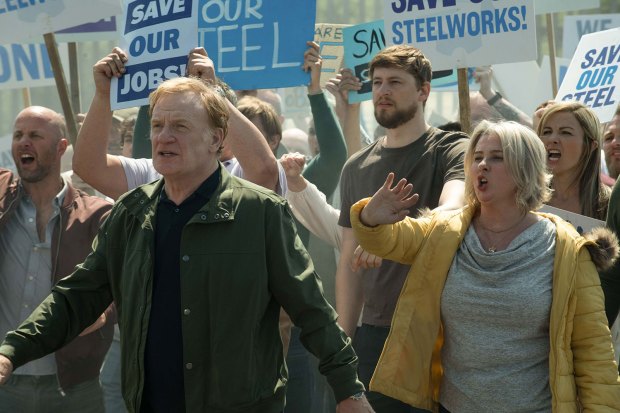
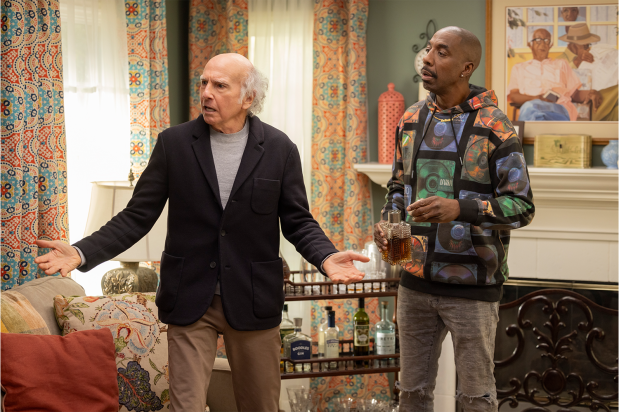






Comments
Don't miss out
Join the conversation with other Spectator Australia readers. Subscribe to leave a comment.
SUBSCRIBEAlready a subscriber? Log in